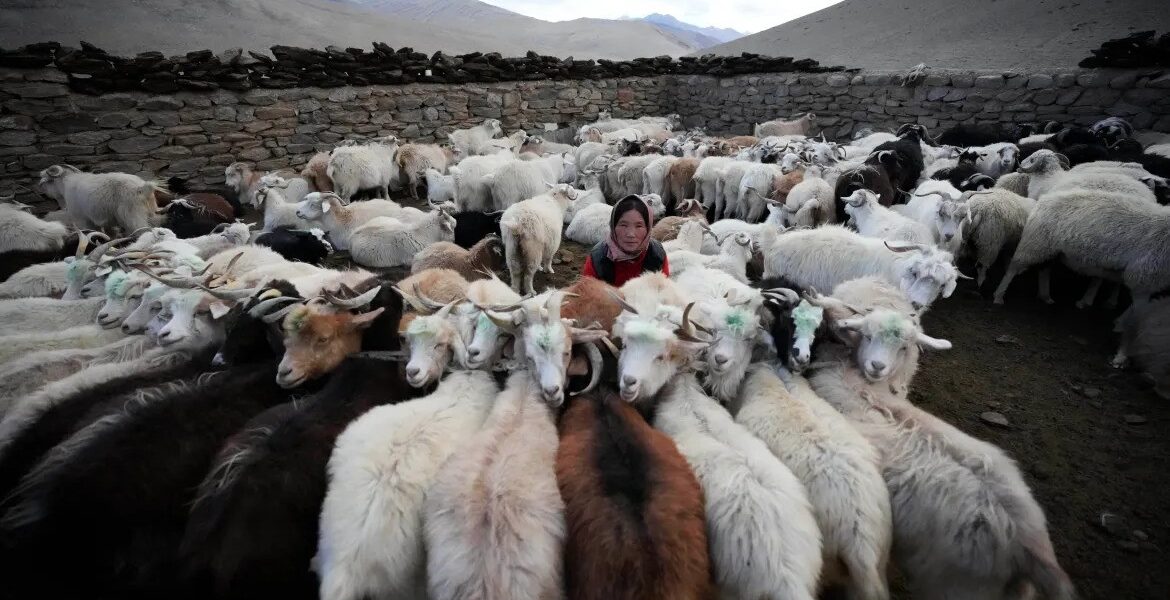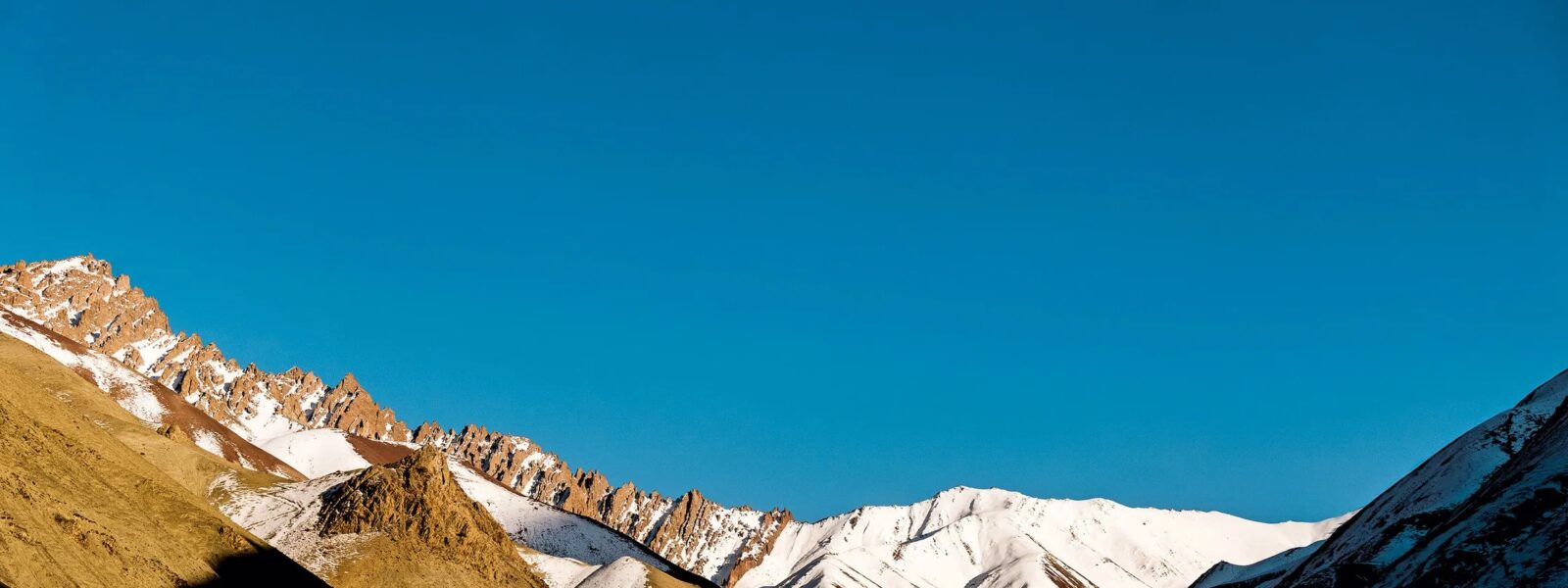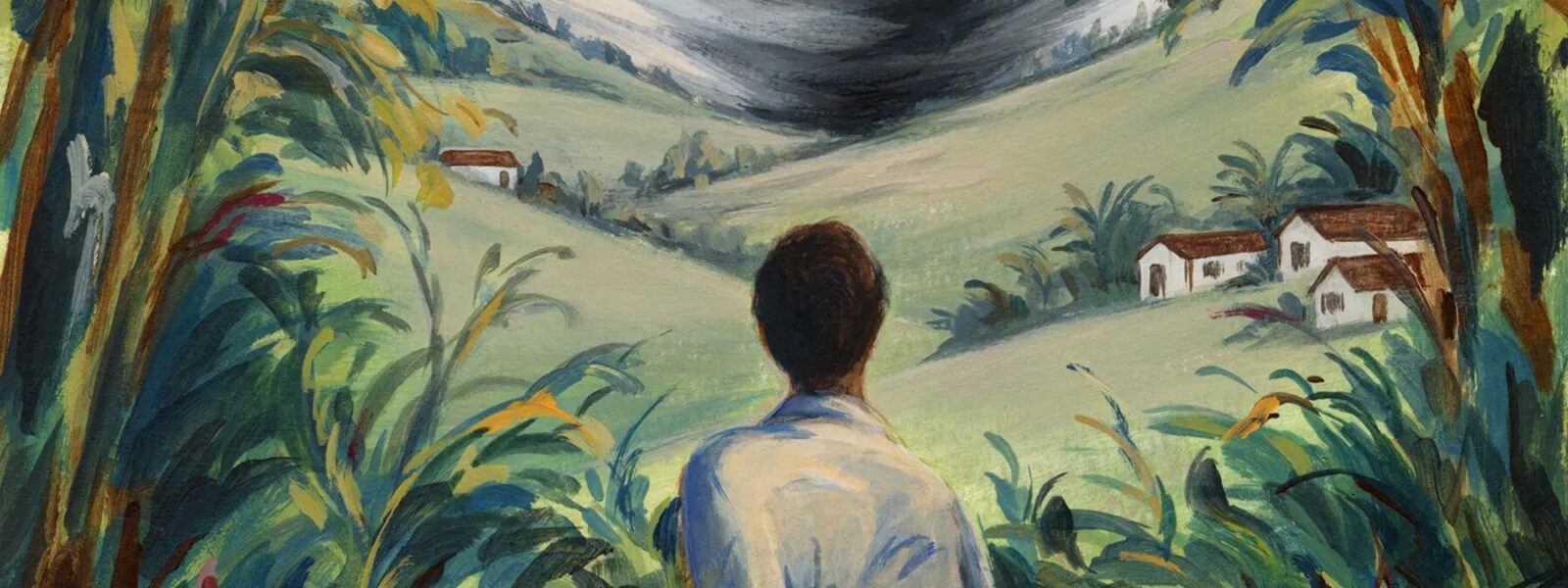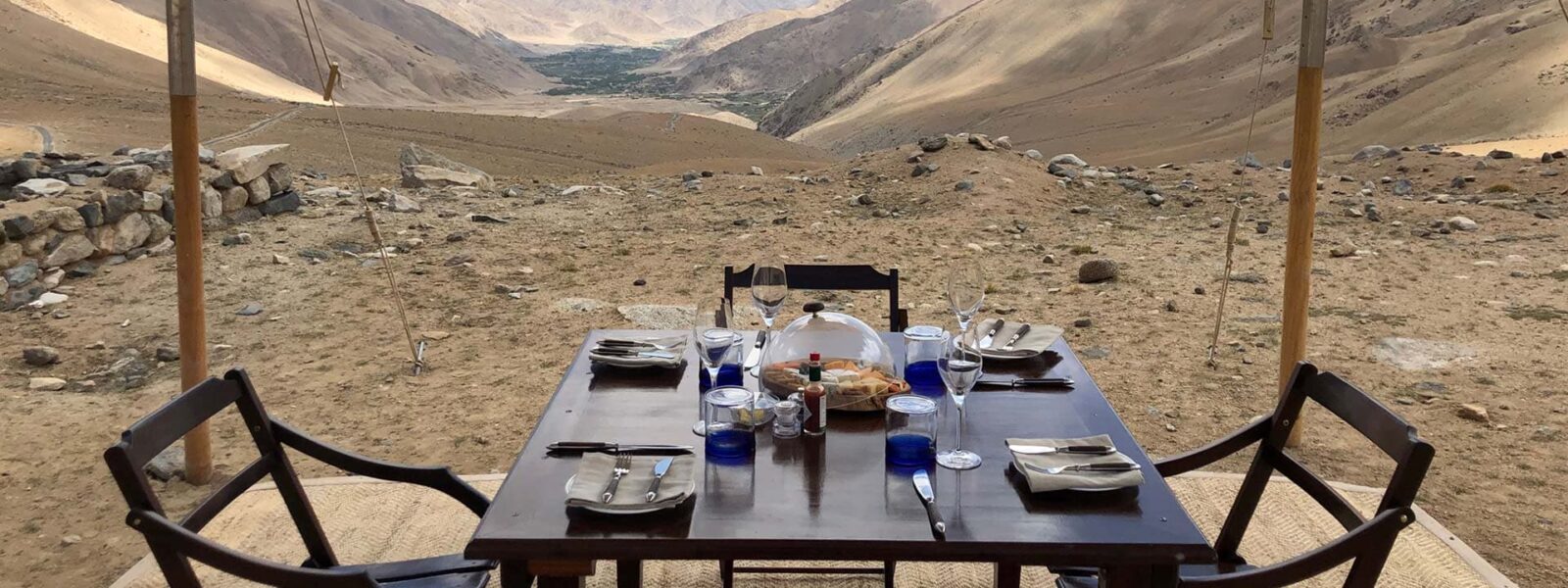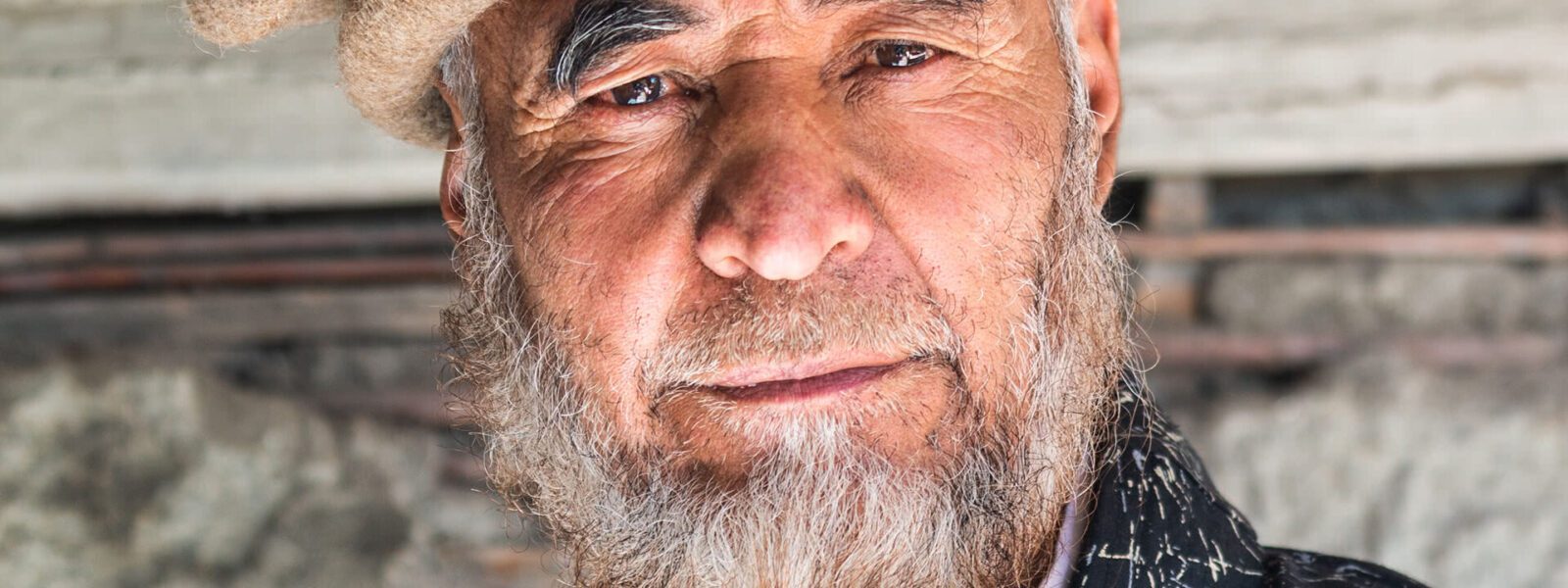Where Are Dah and Hanu? A Hidden Gem in the Aryan Valley
Nestled deep within the mountains of western Ladakh, far from the well-trodden routes of monasteries and trekking circuits, lie two villages that seem to have slipped through the cracks of time—Dah and Hanu. These settlements, often collectively referred to as part of the Aryan Valley, are among the last bastions of a culture as old as the Himalayas themselves.
Geographically, Dah and Hanu are located in the Brokpa region of Ladakh, roughly 160 kilometers from Leh and about 60 kilometers west of Kargil. This area is home to the Brokpa people, a community believed by many to be descendants of the Indo-Aryans—distinct in their appearance, language, and customs. While the idea of “Aryan heritage” is often surrounded by myth and misinterpretation, the Brokpas have preserved a unique and vibrant identity, separate from the dominant Tibetan-Buddhist culture of the rest of Ladakh.
The route to Dah and Hanu from Leh winds along the Indus River, passing through breathtaking high-altitude desert landscapes, tiny green hamlets clinging to cliffside terraces, and relics of ancient civilizations. The road is a journey in itself, offering views of crumbling forts, apricot orchards in bloom, and prayer flags fluttering from rocky outcrops. By the time you enter the valley that houses these villages, it feels as if you’ve entered another realm—one where the air is thick with history, and time drifts slowly like the river below.
These villages remain among the most offbeat destinations in Ladakh, still untouched by mass tourism. This is partly due to their remote location, but also because until a few decades ago, entry to these villages required special permits, owing to their proximity to the Line of Control. Today, permits are no longer needed for Indian citizens, but foreign nationals still need to obtain Inner Line Permits to access the area.
More than just a destination, Dah and Hanu represent an opportunity to experience a piece of Ladakh that many travelers miss. They invite you not just to look—but to pause, to listen, and to feel. With their unique blend of nature, history, and living culture, Dah and Hanu are not merely stops on a map; they are a story waiting to be read.
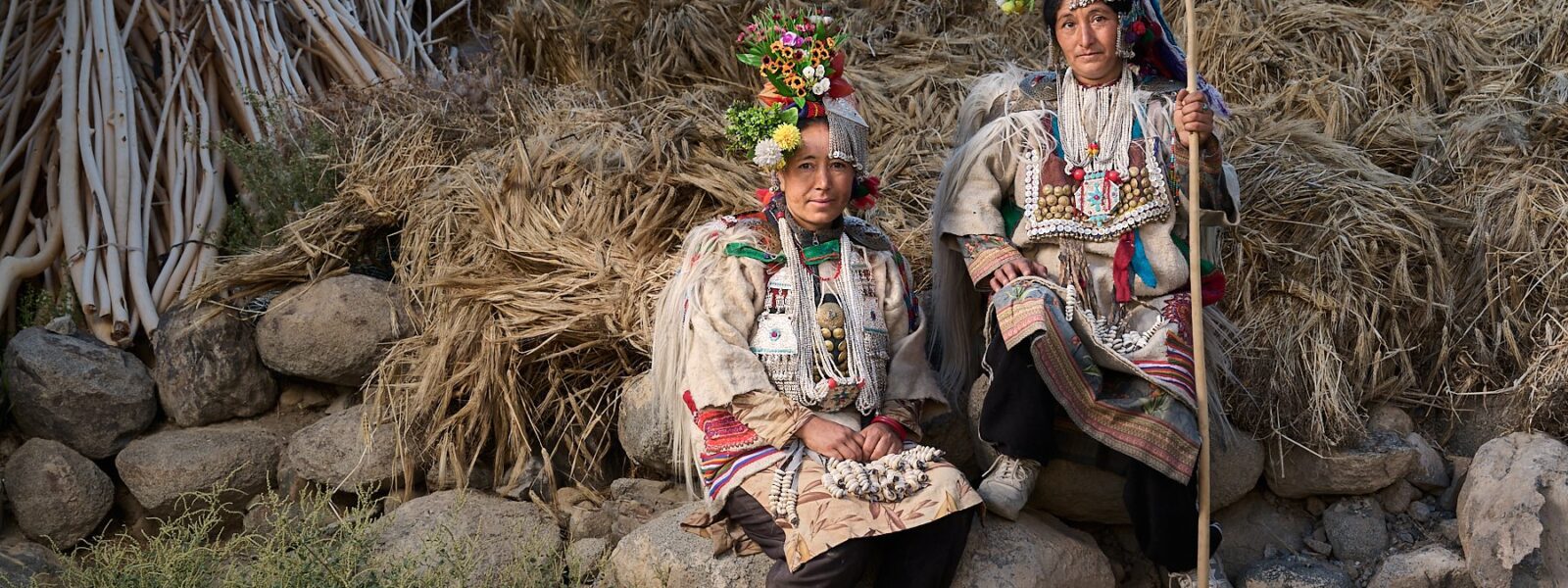
Meet the Brokpas: The Aryan Tribe of Ladakh
In the windswept valleys of western Ladakh, there exists a people whose story defies the standard narratives of Himalayan life. They are the Brokpas—a community whose appearance, customs, and way of life differ sharply from what most travelers associate with Ladakh. While the region is best known for its Tibetan Buddhist culture, high-altitude deserts, and ancient monasteries, the Brokpas offer something far rarer: a living link to a unique and indigenous Aryan heritage that predates much of what surrounds it.
The Brokpa tribe resides primarily in the villages of Dah, Hanu, Garkone, and Darchiks. Known for their striking physical features—light-colored eyes, high cheekbones, and tall stature—many of them resemble people from Central Asia or Eastern Europe more than their Ladakhi neighbors. But more than their looks, it’s their way of life that fascinates. They speak a distinct language known as Brokskat, wear ornate floral headpieces adorned with fresh blossoms and silver jewelry, and celebrate seasonal festivals with music, wine, and fire.
Traditionally, the Brokpas are agrarian, relying on barley, wheat, and their beloved apricots for sustenance. But beyond agriculture, their identity is deeply rooted in oral traditions, seasonal rituals, and an ancestral memory passed down through generations. Unlike much of Ladakh, where Buddhism shapes daily life, the Brokpas practice a form of animistic spirituality intertwined with ancient Hindu customs. Their rituals honor nature, ancestors, and the cosmos—echoes of a worldview long eclipsed in other parts of the subcontinent.
Visitors often remark on the Brokpas’ hospitality and openness, but also on the deep sense of pride they hold for their lineage. Many in the community are conscious of their portrayal in the outside world, often mythologized as the “last Aryans”—a label that’s as romanticized as it is problematic. What matters more than labels, however, is the Brokpas’ remarkable ability to preserve their cultural identity amid growing modern influences.
To meet the Brokpas is to journey not just into a remote Himalayan valley, but into a time capsule of living history. Whether sharing stories over home-brewed chang (barley wine), witnessing a dance beneath the stars, or listening to age-old songs echo through apricot groves, you’ll discover that this tribe is not merely surviving—they are thriving in their own timeless rhythm.

Apricots of Dah and Hanu: Ladakh’s Sweetest Treasure
There is a moment in early spring, just as the last snows melt from the mountain slopes, when the valley of Dah and Hanu erupts into color. The brown and beige landscape—so stark in winter—comes alive with soft pink and white hues as apricot trees begin to blossom. Known locally as Chuli Mentok, these delicate flowers signal more than just the change of seasons; they mark the arrival of hope, renewal, and celebration in the Aryan Valley.
Apricots are not merely fruit here. They are the heartbeat of the land, woven into the social, economic, and cultural fabric of the Brokpa people. Unlike in the rest of Ladakh, where agriculture often plays a secondary role to tourism or trade, the villagers of Dah and Hanu still rely deeply on their orchards. These apricot groves, handed down through generations, are a source of sustenance, commerce, and identity.
In spring, the valley attracts those lucky enough to witness the short-lived but spectacular bloom. The flowers last only a couple of weeks, and during this time, the landscape transforms into one of the most photogenic scenes in all of Ladakh. Photographers and nature lovers refer to it as the “Himalayan cherry blossom” season, but to the villagers, it’s a sacred window of beauty and hard work. Bees buzz among the petals, birds return to the branches, and preparations begin for the long-awaited harvest.
Come late summer, these blossoms become plump, sun-kissed fruit—renowned as some of the sweetest apricots in the world. The apricots are eaten fresh, dried on rooftops, or turned into jams, syrups, pickles, and even apricot oil for skin care. You’ll often find villagers offering visitors a handful as a welcome gift, a simple gesture that carries centuries of hospitality and tradition.
The annual apricot harvest is also a communal affair. Families gather to collect, sort, and dry the fruit, sharing stories and laughter along the way. For visitors, participating in the harvest offers a rare chance to connect with the land and its rhythms—to taste not just the fruit, but the life behind it.
Travelers who come for the culture often stay for the apricots. It’s no exaggeration to say that this humble fruit is the golden thread that ties the community to its history, landscape, and future. And in the high mountain air of Dah and Hanu, where the days are warm and the nights are cool, the apricot doesn’t just grow—it thrives, sweetened by sunlight and steeped in memory.

Homestay Experience: Living with the Brokpa People
For those seeking more than just a scenic escape, Dah and Hanu offer something far richer: the chance to live as a guest in the home of a Brokpa family. Far removed from commercial hotels and fixed itineraries, a homestay experience in these villages is an invitation into a world where daily life is shaped by ancient rhythms and community values. It is here, among stone-built homes, apricot orchards, and wood-smoke kitchens, that travelers encounter a Ladakh that few ever see.
Staying in a Brokpa home is not just about having a bed to sleep in—it is about immersion. Guests share meals prepared with homegrown produce, drink butter tea or chang by the hearth, and learn how life unfolds in the high Himalayan villages. You might help collect firewood in the morning, learn to prepare barley bread, or join in an evening of storytelling beneath a sky blazing with stars. These small moments, simple but profound, create a kind of travel that lingers long after the journey ends.
Most of the authentic homestays in Aryan Valley are modest but warm, with thick mud walls to protect against the cold and traditional decor that reflects the Brokpa way of life. Rooms are typically private, though bathrooms may be shared. Electricity can be intermittent, and phone signal is limited—yet it’s exactly this unplugged simplicity that allows travelers to connect more deeply with the land and its people.
Cultural sensitivity is essential. The Brokpa people take great pride in their traditions, and visitors are encouraged to respect local customs—such as dressing modestly, asking before photographing residents, and engaging with curiosity rather than judgment. In return, guests are often treated like extended family. The elderly may share stories of war and migration, while children might proudly show off their schoolbooks or practice English greetings.
Beyond personal enrichment, choosing a homestay in Dah or Hanu supports sustainable and community-based tourism. Revenue stays in the village, helping families improve infrastructure, preserve cultural practices, and resist the pressures of overtourism that have altered other parts of Ladakh. Many homestay owners are also part of local cooperatives that promote organic farming and cultural education.
In a world increasingly obsessed with fast travel and curated experiences, living with the Brokpa people offers a rare counterpoint—one where connection matters more than convenience, and authenticity triumphs over spectacle. It’s not about being a tourist in the Aryan Valley; it’s about being welcomed, even briefly, as part of its living story.
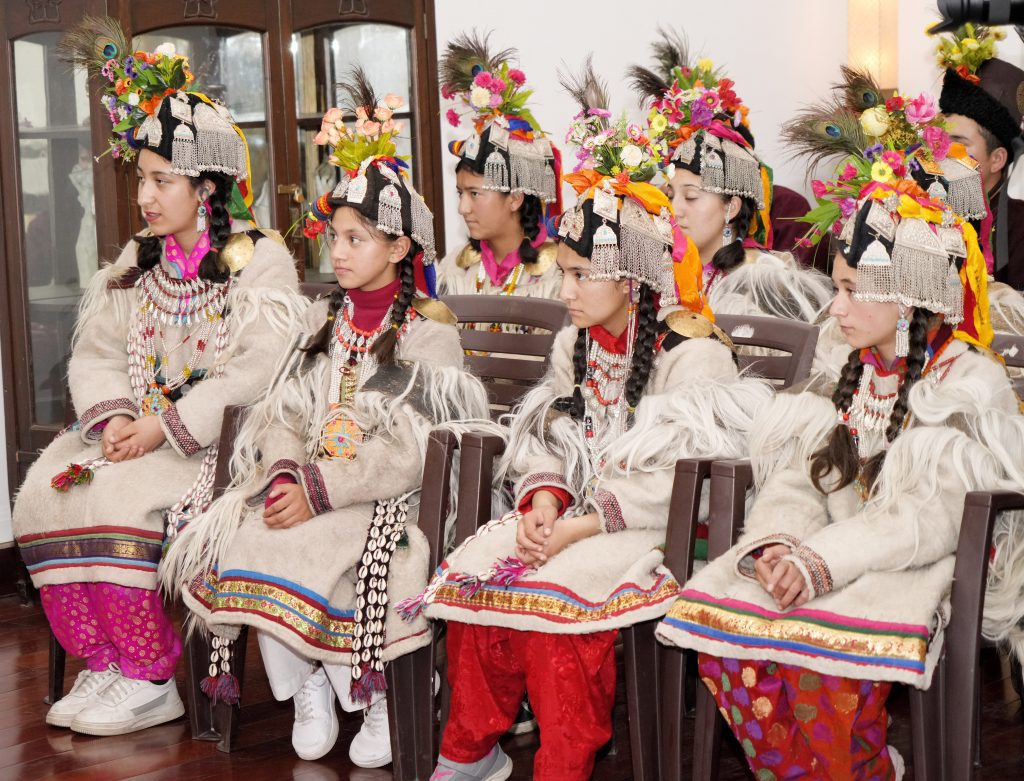
What to See and Do in Dah and Hanu
Though quiet and remote, Dah and Hanu are anything but uneventful. For travelers with a curious spirit and a love for cultural depth, these villages in the Aryan Valley offer a rich tapestry of experiences. From seasonal festivals and traditional music to scenic nature walks and intimate encounters with daily village life, there is much to discover beyond the surface.
One of the most immersive ways to experience Dah and Hanu is by timing your visit with a local celebration. The Brokpa community follows a calendar deeply rooted in agricultural and spiritual cycles, and festivals are an essential expression of their identity. During harvest festivals or marriage ceremonies, you may witness villagers dressed in vibrant floral headpieces, singing ancestral songs and performing circle dances that seem to call down the mountain spirits. These rare events provide a glimpse into a living cultural tradition that has survived centuries of isolation and change.
Music and oral storytelling are another window into Brokpa life. Folk songs—passed down through generations—speak of nature, love, ancestors, and longing. If you’re fortunate, a homestay host or elder may share these melodic memories after dinner, accompanied by rhythmic clapping or simple handmade instruments. Listening under the stars, surrounded by the silence of the valley, you’ll begin to understand the emotional resonance of this folk heritage.
For nature lovers, Dah and Hanu provide stunning opportunities for quiet exploration. The villages are surrounded by terraced fields, apricot orchards, and wild-flower meadows, all set against a backdrop of rugged mountain cliffs. Leisurely nature walks in the Aryan Valley reveal hidden trails used by shepherds and farmers. Spring and early summer are especially rewarding, when alpine flora and medicinal herbs carpet the hillsides. Don’t forget to bring your camera—the soft golden light of dawn and dusk gives the entire valley a surreal glow.
Photographers and landscape artists will also find inspiration in the contrasts of this region: the colorful garments of Brokpa women against earthen walls, the geometry of stone fields, and the slow dance of apricot blossoms in the wind. Whether you’re documenting daily village life or capturing sweeping views of the Indus River winding below, Dah and Hanu deliver some of the most authentic and offbeat imagery in Ladakh.
For those with more time, nearby villages like Garkone and Darchiks extend the cultural trail, offering different dialects, architectural styles, and unique histories—all while remaining within the embrace of the Aryan Valley. You may even hike part of the ancient footpaths once used for trade, connecting valleys and cultures across mountain passes.
Ultimately, the magic of Dah and Hanu lies not in a checklist of sights, but in the art of slowing down and letting the village rhythm become your own. Here, every gesture—whether it’s the smile of a child, the warmth of a fire, or the scent of blooming apricots—is a moment worth noticing.

Why Visit the Aryan Valley? A Cultural and Ethical Journey
In an era of over-tourism and Insta-perfect itineraries, the Aryan Valley offers something different—something deeper. Dah and Hanu are not just places to tick off a list. They represent a journey into the soul of Ladakh’s lesser-known cultural heartlands, a region where heritage is alive, landscapes are intimate, and human connection still trumps convenience.
For many travelers, the initial appeal lies in the exotic: the distinct features of the Brokpa people, their colorful attire, and the ancient traditions still practiced in daily life. But to reduce the Aryan Valley to mere spectacle is to miss its true significance. This is a place where the boundaries between visitor and host blur—not through curated activities, but through shared moments. A cup of apricot tea, a story passed down from a grandfather, or the quiet joy of planting barley together in the morning sun. These are the encounters that stay with you long after you’ve left.
More importantly, visiting Dah and Hanu is a chance to engage in responsible and ethical travel. The Aryan Valley has remained largely untouched by mass tourism—not because it’s inaccessible, but because its communities have been cautious, preserving their cultural fabric from commodification. As a guest here, you have the opportunity to respect that balance. By staying in locally owned homestays, eating meals prepared from family farms, and learning with an open heart, you directly contribute to the economic and cultural sustainability of these villages.
Unlike other destinations that bend to accommodate tourists, Dah and Hanu gently ask you to adapt. Electricity may be limited. Wi-Fi is rare. But in that digital silence, another kind of connection emerges—one that links you to the land, its stories, and the people who inhabit it. This kind of travel fosters empathy. It inspires reflection. It reminds us that sometimes, the most meaningful journeys are not about seeing more, but about seeing differently.
There is also an environmental dimension. The Brokpa people have lived in ecological balance with their surroundings for centuries. Their farming methods are organic, their homes are built with local materials, and their lives are guided by the rhythms of nature. As climate change begins to affect even the most remote corners of Ladakh, supporting eco-conscious communities like these is more urgent than ever.
The Aryan Valley is not a museum. It is a living, breathing space of beauty and resilience. To visit is to witness how tradition can thrive without fossilizing, how hospitality can be genuine without expectation, and how a journey can still be sacred in a world that moves too fast. If you’re looking for an experience that humbles, inspires, and gently changes you, then this corner of Ladakh is waiting—not as a destination, but as an invitation.
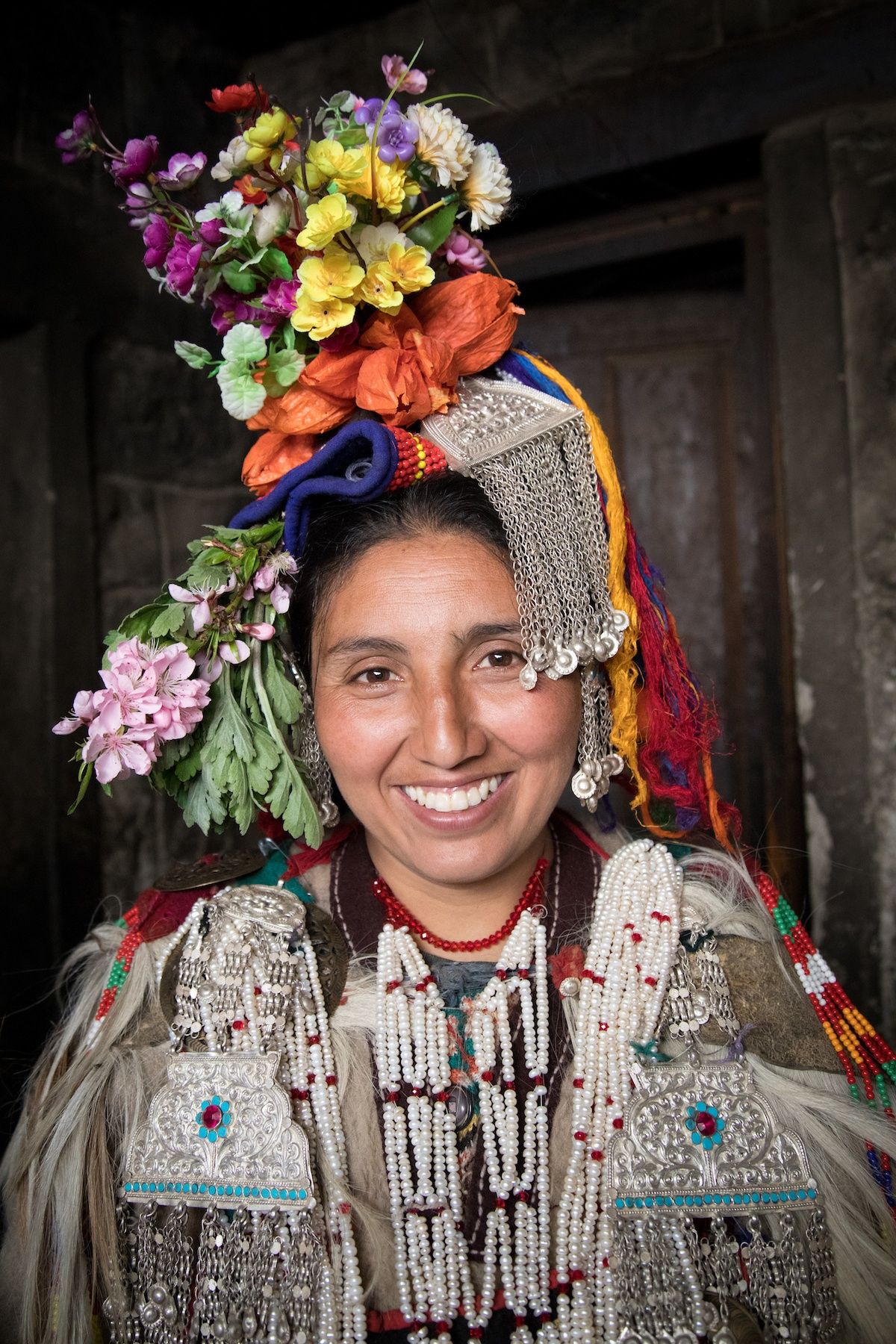
FAQs About Dah and Hanu Travel
What is the best time to visit Dah and Hanu?
The most popular season is from late April to early July, when the apricot blossoms bloom and the valley bursts into color. This period is perfect for photography, nature walks, and cultural encounters. Late summer (August–September) is ideal for the apricot harvest, with warm days and clear skies.
How can I reach Dah and Hanu from Leh?
Dah and Hanu are located about 160 km west of Leh. The route follows the Leh–Kargil highway for most of the journey, branching off near Batalik. Travel time is approximately 5–6 hours by car. While no public buses go directly to the villages, you can hire a private taxi or join a guided Aryan Valley tour.
Do I need a permit to visit Dah and Hanu?
For Indian nationals, no special permits are required. However, foreign travelers must obtain an Inner Line Permit (ILP) to access the Aryan Valley. These can be arranged in Leh through the DC office or a registered travel agent.
Can I stay overnight in the villages?
Yes, there are several family-run homestays in Dah and Hanu that welcome visitors. Accommodations are basic but clean and culturally rich. Staying with a Brokpa family is the best way to experience daily life, cuisine, and tradition in an authentic setting.
What kind of food is available?
Meals usually consist of traditional Ladakhi and Brokpa cuisine, including barley-based dishes, fresh vegetables, homemade apricot jam, and yak milk tea. Most ingredients are organic and locally sourced. Vegetarian options are widely available.
Is it respectful to photograph the Brokpa people?
The Brokpa community is welcoming but also deeply rooted in tradition. Always ask for permission before taking photos, especially during rituals or inside homes. Building trust through conversation before photography is highly appreciated.
What should I pack for a trip to the Aryan Valley?
Pack layered clothing, as temperatures can fluctuate. Bring sunscreen, a reusable water bottle, hiking shoes, and personal hygiene items. Cash is essential, as there are no ATMs in the villages. Also consider a small gift for your host family, such as sweets or a useful household item.
Are there any trekking options nearby?
Yes, short treks between the Aryan villages like Garkone, Darchiks, and Hordass are possible, offering scenic views and cultural diversity. These are perfect for those who enjoy slow travel, nature immersion, and interaction with isolated communities.
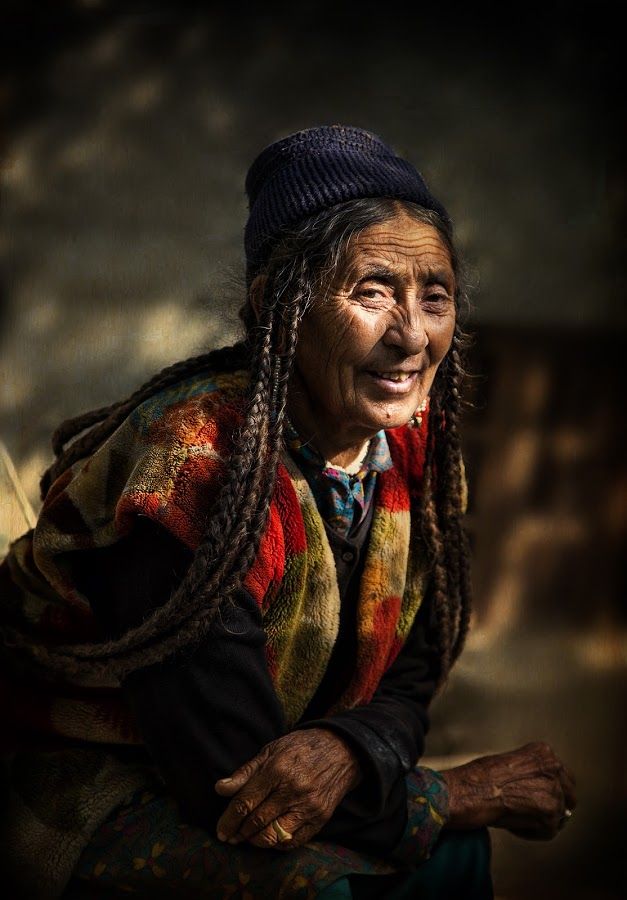
Conclusion
Travelers often come to Ladakh in search of the spectacular—the towering monasteries, the sweeping Himalayan vistas, the high-altitude passes. But those who venture westward into the secluded folds of the Aryan Valley discover something far subtler and, in many ways, far more profound. In the villages of Dah and Hanu, the essence of travel shifts from sightseeing to soul-seeing.
This is a journey not just across distance, but through time and identity. Here, the Brokpa people have preserved a way of life rooted in ancient rhythms and agricultural harmony. Their songs, attire, and rituals are not relics for display—they are threads in the fabric of a living culture. From the moment the apricot blossoms open in spring to the communal harvesting in summer, every season tells a story, and every visitor is invited to listen.
In Dah and Hanu, the landscape itself feels like a partner in the narrative. The air carries the scent of ripening fruit and wood smoke. The silence between mountain ridges invites stillness. And the faces of the people—weathered, open, proud—remind us that cultural richness isn’t found in museums or monuments, but in daily life.
For those who seek offbeat, ethical, and immersive travel in Ladakh, the Aryan Valley offers an experience unlike any other. It challenges fast itineraries, rewards patience, and gently shifts perspectives. Whether you come for the heritage, the nature, or simply the human connection, you will leave with something more enduring—a memory steeped not in adrenaline, but in authenticity.
So as you plan your route across the high desert, don’t just look east to the famous landmarks. Turn west, toward Dah and Hanu. Toward a slower, sweeter, deeper Ladakh.


